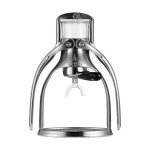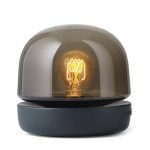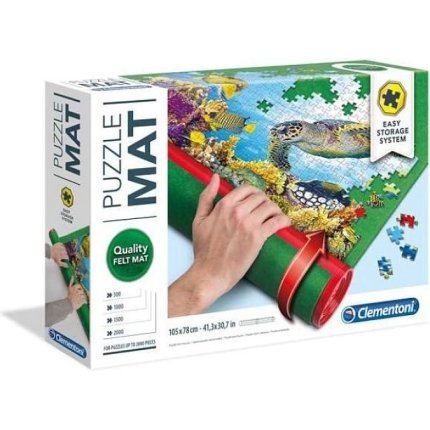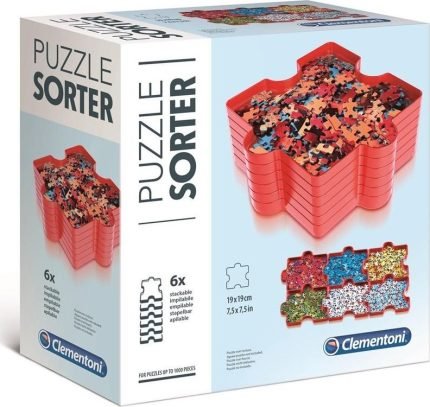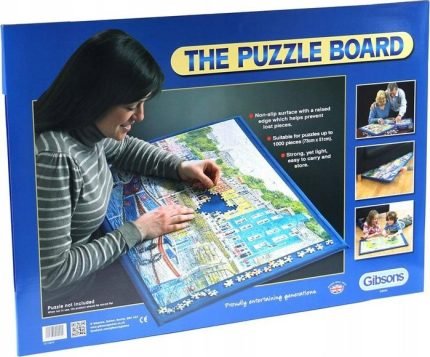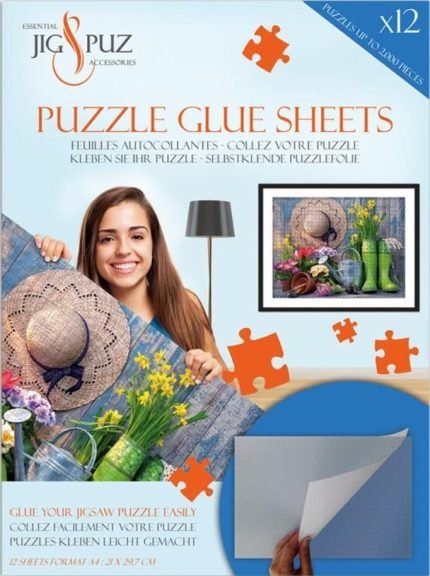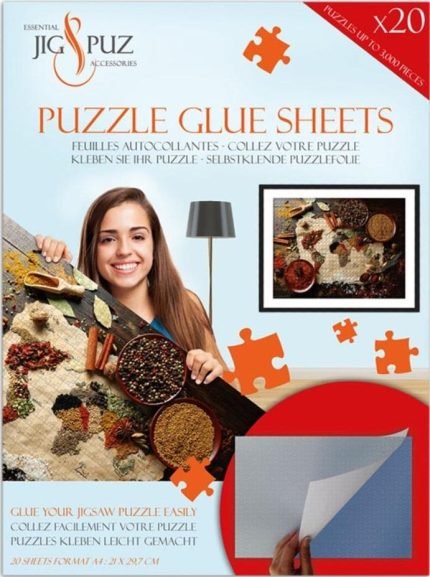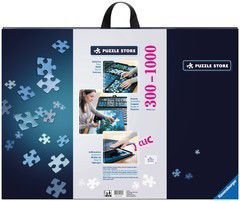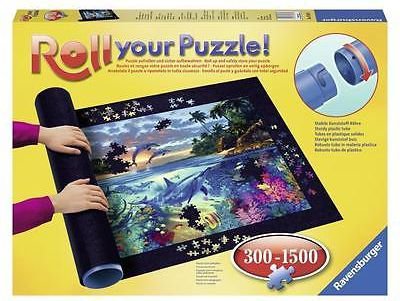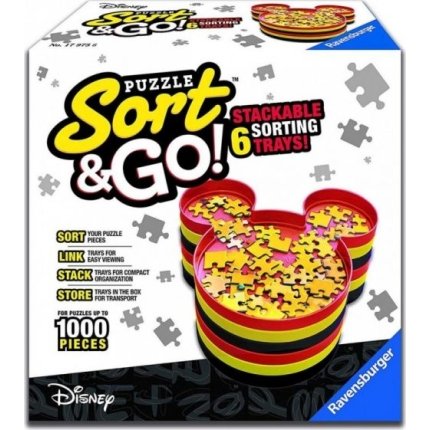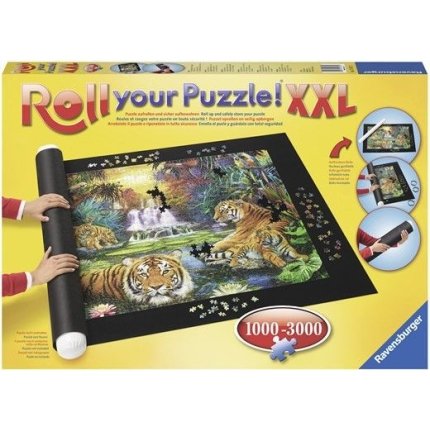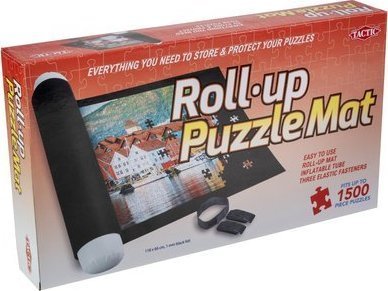Puzzle Accessories
Puzzle accessories are designed to enhance the puzzle-solving experience and provide convenience and organization. Here’s what the search results indicate:
Puzzle Organizers and Sorters: Puzzle organizers and sorters help keep your puzzle pieces neat and tidy. They include puzzle pads, plateaus, and trays that keep pieces contained and make it easy to move in-progress projects from one surface to another.
Puzzle Caddies and Roll-Ups: Puzzle caddies and roll-ups offer portable storage solutions. Caddies provide compartments to store puzzle pieces, while roll-ups allow you to roll and store your puzzle in progress, saving space and protecting the puzzle from damage.
Puzzle Storage Sets: Puzzle storage sets are available to help preserve completed puzzles. These sets often include storage trays, puzzle glue, and other accessories to keep the puzzle intact and protected.
Puzzle Sorting Trays: Puzzle sorting trays are useful for organizing puzzle pieces by color, shape, or other criteria. They come in various sizes and can stack or slide together for easy storage.
Puzzle Boards and Tables: Puzzle boards and tables provide a dedicated surface for assembling puzzles. They often have a smooth surface that allows easy movement of puzzle pieces and can be tilted or adjusted for comfortable puzzling.
Other Accessories: Additional puzzle accessories may include spinners, puzzle mats, puzzle glue, and puzzle frames. These accessories offer convenience, protection, and display options for completed puzzles.
What makes puzzles stick together?
Puzzles can stick together through various methods, depending on the desired outcome. Here are a few common ways:
Adhesive Sheets: Adhesive sheets, such as peel-and-stick paper or adhesive-backed plastic, can be applied to the back of a completed puzzle. These sheets help hold the puzzle pieces together and prevent them from falling apart. They are often used when sending puzzles for framing or for a less messy option when puzzling with young children.
Puzzle Glue: Puzzle glue is a water-based, clear-drying glue that can be applied to the front of a completed puzzle. It creates a protective layer that holds the puzzle pieces together. Brands like Mod Podge Puzzle Saver offer puzzle-specific glue that can be used to preserve puzzles permanently. Once the glue is applied and dried, the puzzle can be displayed without the need for glass or additional support.
Dry Mounting: Dry mounting is a process where a completed puzzle is mounted onto a rigid board using heat and pressure. This method ensures that the puzzle remains flat and secure. It is often done at local craft stores or framing shops.
It's important to follow the instructions provided with the adhesive sheets or puzzle glue to ensure proper application and preservation of the puzzle.
How do you seal a puzzle?
To seal a puzzle, you can use various methods. Here's a common approach using Mod Podge Puzzle Saver:
Gather Materials: You will need puzzle glue or sealer, a paintbrush (foam or flat), and wax paper or a smooth surface to work on.
Prepare the Puzzle: If your puzzle is not already assembled, put it together on a surface that you don't mind tearing up, such as cardboard, aluminum foil, or wax paper. This will make it easier to handle and prevent a mess.
Seal the Front: Apply a generous amount of puzzle glue or sealer, such as Mod Podge Puzzle Saver, to the front of the puzzle using a paintbrush. Ensure that you cover all the pieces evenly. The glue will dry clear, so don't worry if it appears white initially.
Allow to Dry: Let the first coat of glue dry for about 15 to 20 minutes. Once dry, apply a second, thicker coat. This second coat will need at least 30 minutes to dry.
Flip and Seal the Back: Gently flip the puzzle over onto wax paper or a clean surface. Apply a thick coat of glue to the back of the puzzle. Let it dry for about 20 minutes.
Remove Excess Glue: After the glue is completely dry, you can remove any excess glue that may be sticking to the sides of the puzzle using a crafting knife or ultra superfine steel wool.
Display or Frame: Once the puzzle is fully sealed and dry, you can display it as desired. You can frame it, mount it on a backing board, or use other display methods.
Remember to follow the specific instructions provided with the puzzle glue or sealer you choose to ensure the best results.


